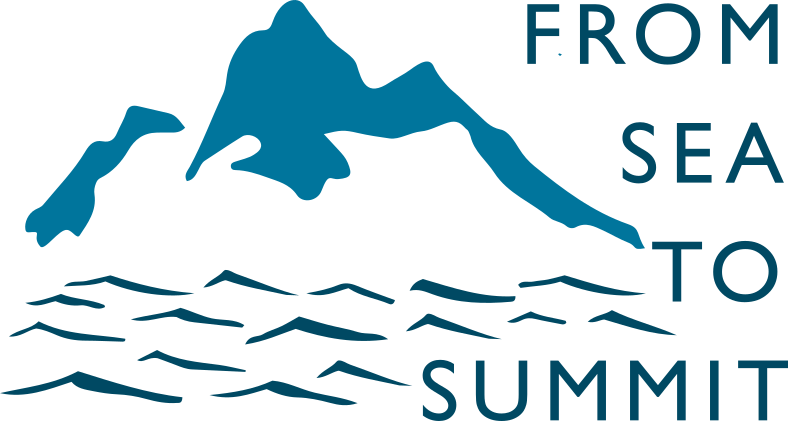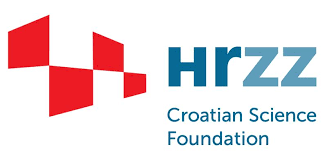From Sea to Summit
Mountain regions and small islands are particularly vulnerable to climate change, which threatens their freshwater supplies. In mountain areas, glaciers are melting due to global warming, reducing a key source of water. On small islands, rising sea levels are causing seawater to seep into freshwater sources, making them salty and unusable. While some underground reservoirs in rocks can help store and manage water, other types, like “karst” aquifers (made of carbonate rock), are more fragile. For example, in karst areas near the coast, salty seawater can spread far inland, and in mountains, these aquifers cannot hold enough water to last between rainy seasons. Adding to this, changing rainfall patterns and increasing tourism are putting even more strain on water resources.
The “From Sea to Summit” project is studying two areas that face these combined challenges. The Island of Vis (Croatia) depends entirely on its underground water for both locals and tourists. Climate change and seawater intrusion threaten to contaminate the wells that provide drinking water. The main challenge is ensuring clean water for everyone despite these pressures. The Tsanfleuron Glacier and Aquifer (Switzerland) supplies the town of Conthey with drinking water and is partly fed by a glacier. As the glacier melts due to warming, it temporarily provides extra water. However, once it’s almost gone, the town may face water shortages.
To tackle these issues, researchers from the University of Split and the University of Neuchâtel are combining their expertise. Their goals are to 1) monitor these water systems to understand how they work, 2) build computer models to predict how climate change will affect these areas, 3) develop strategies to protect and manage water resources and 4) share their methods and findings to help solve similar problems in other parts of the world.



latest posts
| Sep 20, 2025 | A traverse of the Diablerets massif |
|---|---|
| Sep 07, 2025 | Group meeting and fieldwork on Vis island |
| Aug 21, 2025 | Fieldwork on Tsanfleuron |